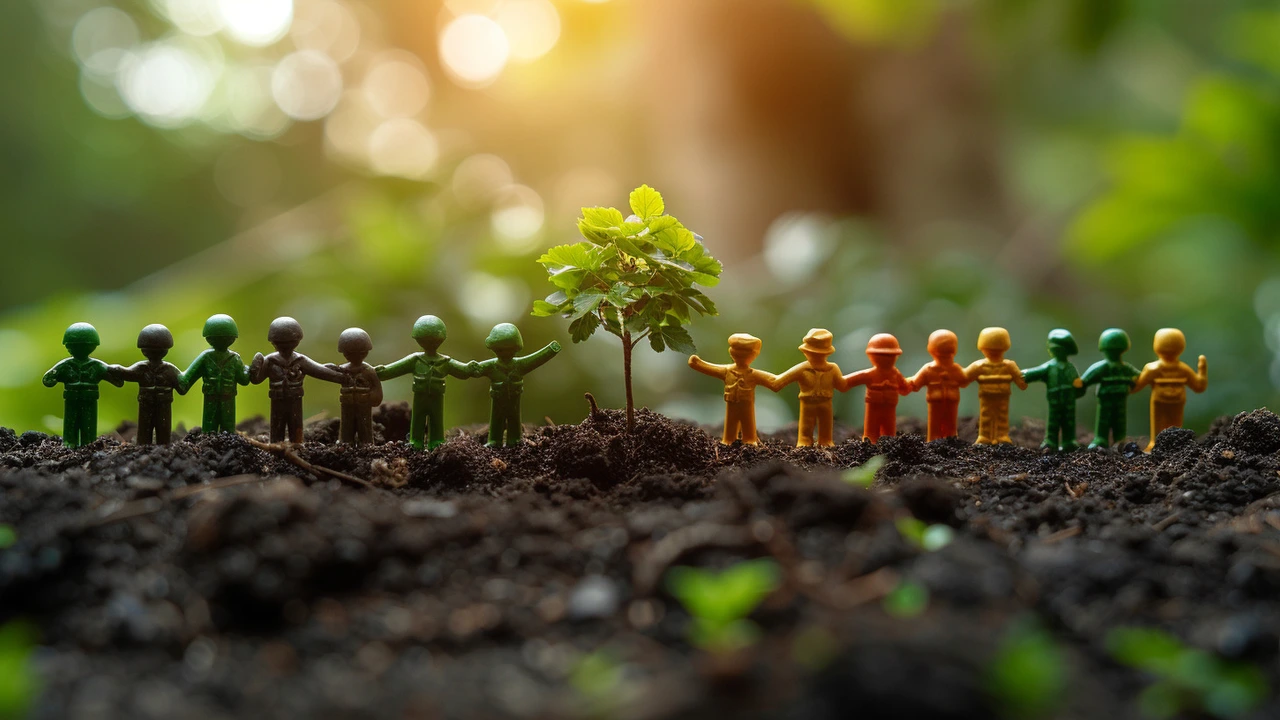When blue helmets show up, people expect safety. But peacekeeping is not just flag-waving and checkpoints. It’s a set of actions aimed at protecting human rights, backing local justice, and keeping civilians alive when states fail. This page collects articles and analysis that explain how peacekeepers work on the ground and why human rights matter for lasting peace.
Peacekeepers monitor and report abuses. That means documenting attacks, sharing evidence with courts or UN bodies, and making sure the world knows what’s happening. They also protect civilians directly by setting up safe zones, escorting displaced families, and intervening when violence threatens non-combatants.
Beyond protection, peacekeeping supports institutions. Teams train local police on human-rights standards, help courts handle war crimes, and assist governments to rebuild services. Strong local institutions reduce abuses over time, which is why missions often include police, judges, and human-rights advisors.
Peacekeeping also focuses on vulnerable groups. Women, children, the elderly, and ethnic minorities face specific risks in wars. Many missions run programs for gender-based violence prevention, child protection units, and community outreach to make sure those voices are heard.
Peacekeepers don’t always succeed. Limited troops, unclear mandates, and political pressures can hamper action. When mandates are weak, missions can only observe rather than act. That’s a big reason why effective mandates and clear rules of engagement matter.
Another issue is trust. Locals may distrust international forces if past abuses went unpunished or if peacekeepers seemed distant. Successful missions spend time building relationships with community leaders, civil society groups, and victims’ networks. Trust leads to better information and safer outcomes.
Technology is changing the game. Drones, satellite imagery, and secure reporting apps help teams document violations faster. That doesn’t replace boots on the ground, but it strengthens monitoring and can speed up protection responses.
Want to follow a mission closely? Look for regular human-rights reports from the UN or mission websites. Those reports show patterns, list recommendations, and reveal where pressure is needed.
Want to help? Support local human-rights groups, donate to verified humanitarian organizations, and contact your representatives to push for stronger, clearer mandates for peace operations. Even sharing trusted reporting helps keep pressure on decision-makers.
On this tag page you’ll find articles that explain these actions in straightforward terms, real stories from peacekeepers and civilians, and practical guides on how missions can do better. Read the pieces, pick one new source to follow, and use what you learn to hold institutions accountable. That’s how human rights move from words to real protection.

As someone passionately intrigued by peacekeeping and human rights, I explore their unbreakable bond in my latest post. In it, I delve into this complex world, dissecting both concepts and their critical impacting role in sustaining peace globally. It's a journey through understanding why human rights are central to peacekeeping efforts, and how they interplay to mitigate conflict. By the end, I hope you'll join me in appreciating the substantial weight these matters carry in our world today.
